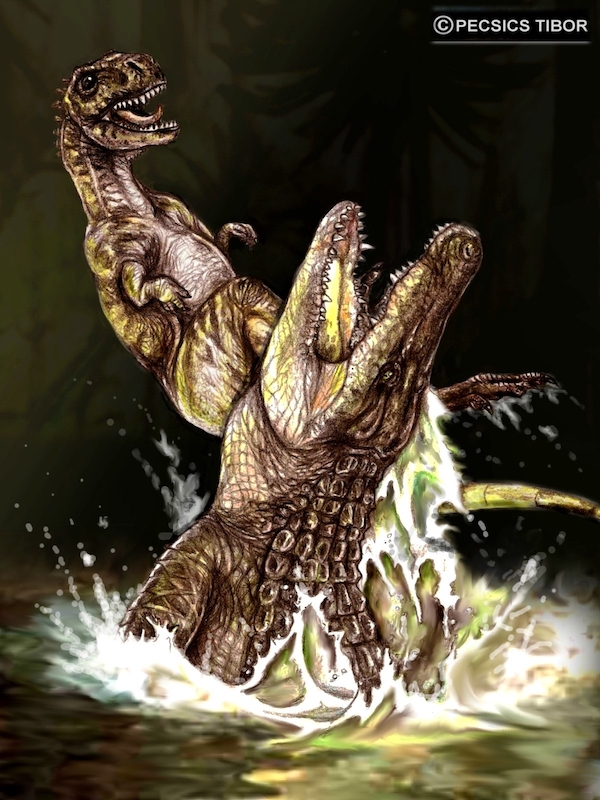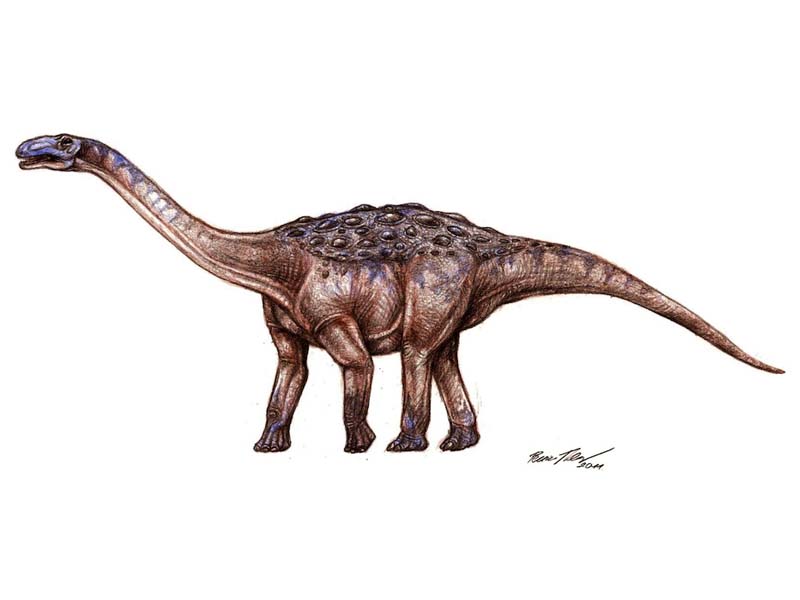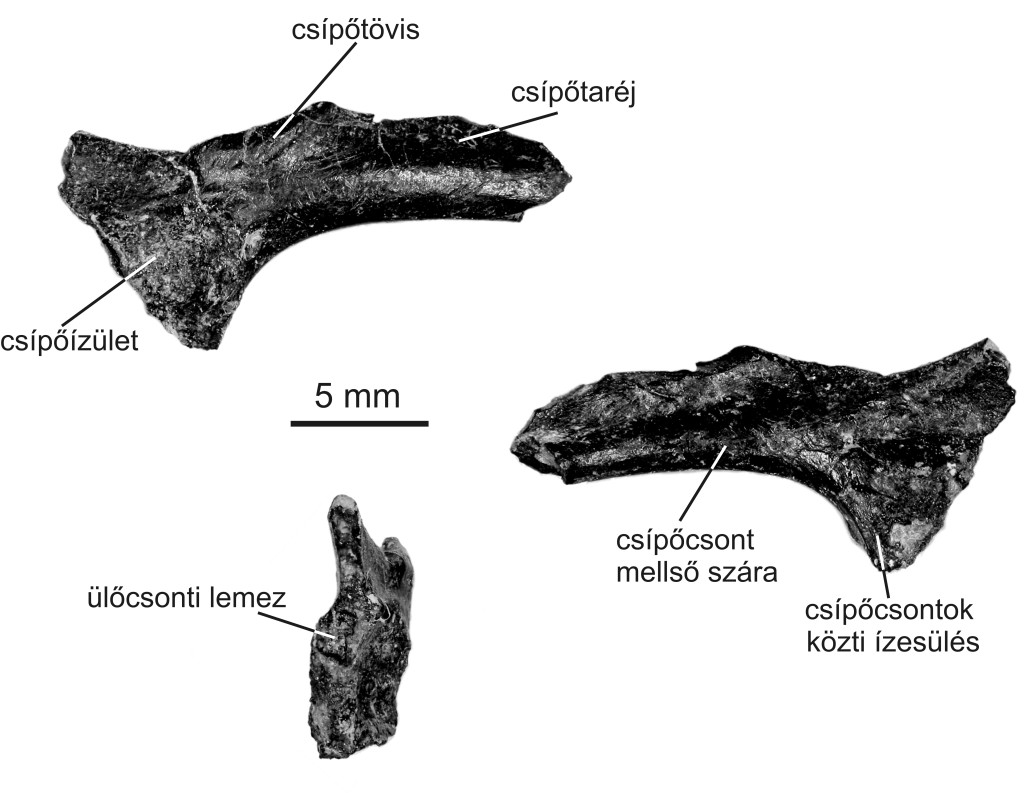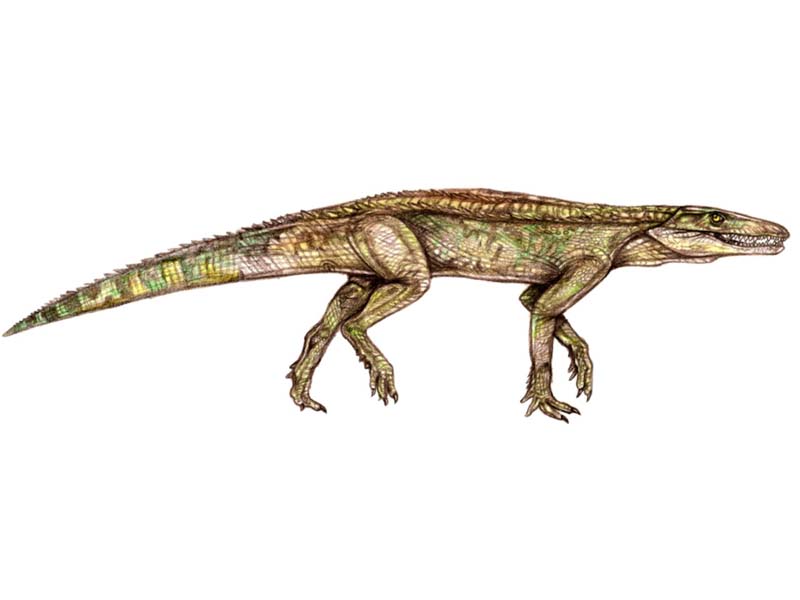
Allodaposuchus
Several skull and mandibular elements from Iharkút are assigned to a midsized crocodilian that is relatively widely considered to be closely related…

Named after the everlasting Trabant 601 cars what used on the field by our research group so many years. This is the best known turtle species from Iharkút and also one of the most common element of the fauna. The osteology of Foxemys trabanti is very well known by a series of skulls, lower jaws, partial shells, limb bones and vertebrae. It was a relatively large (70-80 cm long) aquatic turtle with a heavy and well-ossified shell and broad triturating surfaces in the skull which is suggestive of a durophagus diet (preying on hard-shelled animals, such as snails or bivalves). F. trabantibelonged to side-neck turtles, a group that retracts their head horizontally to the side instead of vertically, originating in the South-American part of the ancient Gondwanan supercontinent. The closest relatives of Foxemys, the bothremydids, are now extinct but some more distantly related living forms (Podocnemididae) are still present in northern South-America and Madagascar. However, during the Cretaceous bothremydids had a much wider distribution also including North America, Africa, Madagascar, India and Europe. Foxemys trabanti most likely represents a southern element in the Iharkút fauna that migrated to Europe from North Africa. Similar turtles have been also named in younger sediments in France and Spain but F. trabanti is considered to be endemic to the Iharkút fauna.

Several skull and mandibular elements from Iharkút are assigned to a midsized crocodilian that is relatively widely considered to be closely related…

Based on the findings collected from the Late Cretaceous of Europe, it was assumed that an approximately 22 million years long period…

This species belongs to the oldest frog group (Archaeobatrachia) and within that to the family of discoglossid frogs …

The only fossils unearthed of these small crocodilians are a few skull and lower jaw elements and isolated teeth…